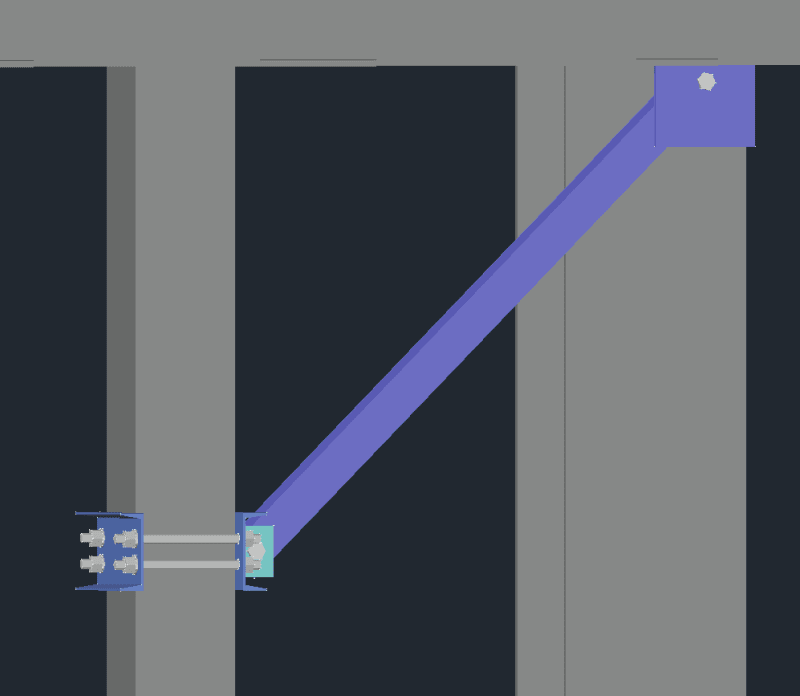palk7 EIT
Structural
- May 12, 2020
- 159
Hi,
Attached an image below having channels connected to HSS Column with bolts on sides.. What type of connx. under which this has to be checked for vertical loading.. (Here its a bracing connection), but looking to use this for a straight vertical gravity loaded conxx. in order to avoid any welding or bolting to the main HSS member, does AISC have an example for this sort?
Thank you!

Attached an image below having channels connected to HSS Column with bolts on sides.. What type of connx. under which this has to be checked for vertical loading.. (Here its a bracing connection), but looking to use this for a straight vertical gravity loaded conxx. in order to avoid any welding or bolting to the main HSS member, does AISC have an example for this sort?
Thank you!


